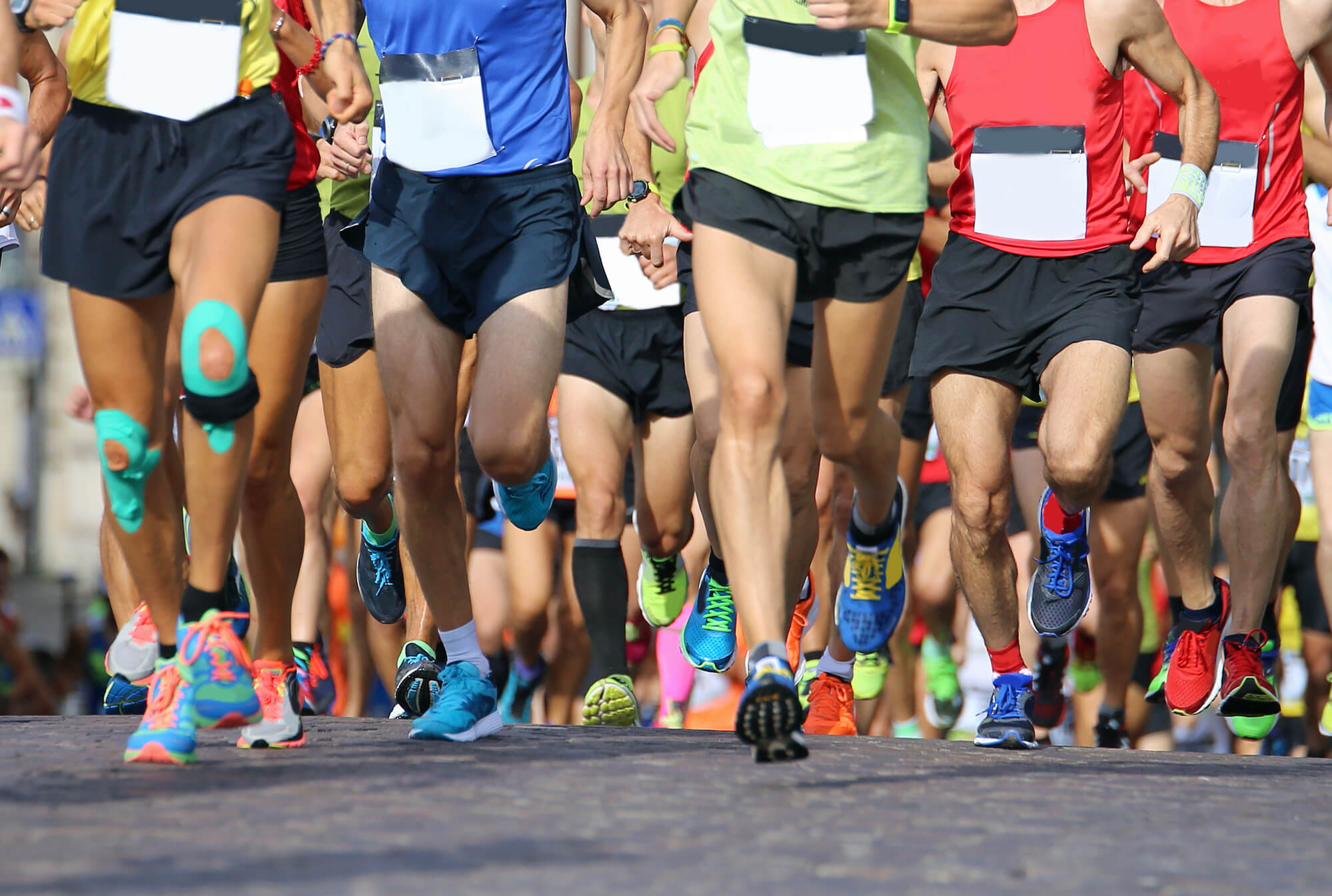Runner’s Knee: Patellofemoral Pain Syndrome

Patellofemoral pain syndrome, “runner’s knee” or “jumper’s knee” is common among people who participate in sports, particularly females and young adults, but can occur in non-athletes. It causes pain and stiffness, making it difficult to climb stairs, kneel, participate in sports, and even perform everyday activities.
The knee is the largest joint in the body and a healthy knee is made up of four main components: bones, cartilage, ligaments, and tendons. The lower end of the femur (thighbone), the upper end of the tibia (shinbone), and the patella (kneecap) meet to form the joint. Articular cartilage covers the ends of the femur and the underside of the patella to help the bones glide smoothly against each other with leg movements. Ligaments and tendons connect the femur to the bones of the lower leg. Muscles are connected to bones by tendons. Patellofemoral pain syndrome occurs when nerves sense pain in the soft tissues and bone around the kneecap. Possible causes of runner’s knee include:
- A structural defect
- Abnormal tracking of the kneecap
- Weak quadriceps
- Tight hamstrings
- Tight Achilles tendons
- Poor footwear
- Walking or running with the feet rolling in while the thigh muscles pull the kneecap outward
- Improper training techniques
- Excessive training or overuse
- Injury
Symptoms
- Dull ache in the front of the knee
- Pain during exercises and activities that repeatedly bend the knee
- Pain after sitting for a long period of time with the knees bent
- Pain related to a change in activity level or intensity
- Popping or crackling sounds in the knee
If suffering with the pain of runner’s knee, discontinue activities that make the knees hurt until the pain is resolved. Other recommendations include:
- Switch to low-impact activities that put less stress on the knee joint, such as biking and swimming.
- Try the RICE method for pain relief: rest, ice, compression, and elevation.
- Non-steroidal anti-inflammatory drugs (NSAIDs) such as ibuprofen and naproxen help reduce swelling and relieve pain.
- Use orthotics with arch support.
If knee pain persists, contact the DOC PA or surgeon for a thorough evaluation, imaging, diagnosis, and treatment options. DOC physical therapy may be prescribed to improve range of motion, strength, and endurance. It is important to focus on strengthening and stretching the quadriceps to stabilize the kneecap to avoid chronic patellofemoral pain syndrome. DOC therapists customize a rehabilitation and prevention program for each guest. For more information, go to Runner’s Knee Prevention.
For more information on the cost of care, click here




